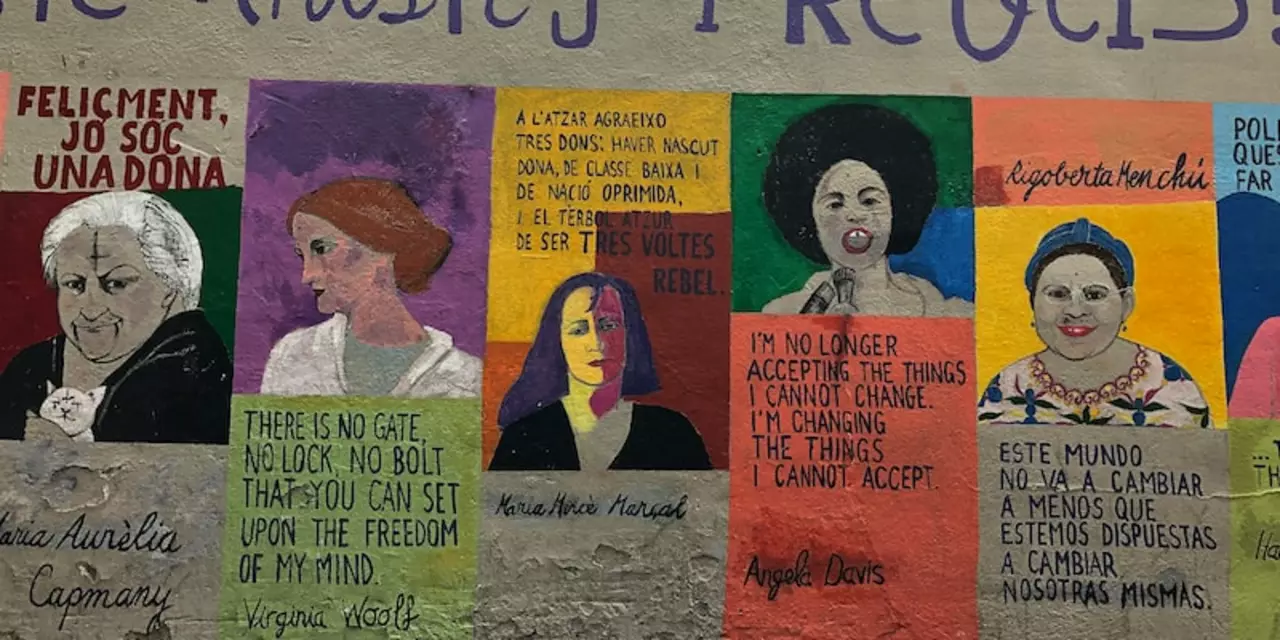Inclusivity in Motorsports: Opening the Track to Everyone
Ever wondered why some people think racing is only for the ultra‑fit, super‑rich, or a certain type of fan? The truth is far simpler: motor racing belongs to anyone who loves speed, strategy, or the roar of an engine. From wheelchair‑bound drivers to first‑time fans at the grandstand, the sport is shifting fast toward true inclusivity.
When a sport welcomes all backgrounds, it not only grows its audience but also uncovers fresh talent that would otherwise stay hidden. Imagine a brilliant engineer who also happens to be a Paralympian—without an inclusive platform, that combo never gets a chance to shine on a real track. That’s why the push for inclusivity matters more than any single race result.
Why Inclusivity Matters in Racing
Inclusivity does three things at once. First, it expands the fan base, meaning more tickets sold, more merch bought, and a louder atmosphere for every event. Second, it fuels innovation. Adaptive vehicles need creative engineering, and those breakthroughs often spill over into regular cars, making them safer and more efficient for everyone. Third, it reflects the world we live in—diverse, dynamic, and constantly evolving. When people see themselves represented on the pit wall or behind the wheel, they feel a personal connection to the sport.
Take the example of the FIA’s Para‑Racing program. By providing modified helmets, hand‑controlled steering, and custom‑fit harnesses, they’ve turned what used to be a niche hobby into a competitive arena with world championships. That level of commitment sends a clear signal: motorsports can adapt, and it will.
How to Make Motorsports More Accessible
Start with the equipment. Adaptive controls—like joystick steering or foot‑free accelerator pedals—let drivers with limited mobility compete on equal footing. Racing schools are beginning to offer trial sessions with these mods, giving newcomers a taste without a huge upfront cost.
Next, think about the venue. Ramps, wide aisles, and clear signage make the grandstand experience smoother for wheelchair users and families with young kids. Some tracks now provide audio‑described broadcasts for fans who are visually impaired, ensuring nobody misses the excitement of a close‑up overtake.
Scholarships and mentorship programs also play a big role. A handful of well‑placed grants can cover the pricey entry fees for a season, while seasoned drivers can coach up‑and‑coming talent from under‑represented communities. When a veteran takes a rookie under their wing, the sport gains a story that fans love and a pipeline for fresh skill.
Finally, promote inclusive messaging across all channels. Social media posts that showcase diverse racers, blog articles that explain adaptive tech in plain language, and press releases that highlight community outreach all reinforce the idea that racing is for everybody.
Bottom line: inclusivity isn’t a buzzword—it’s a practical roadmap that benefits drivers, fans, and the industry alike. By investing in adaptive gear, accessible venues, and targeted support programs, motorsports can truly become the sport where anyone with a passion for speed feels welcome on the track.

Can a straight man be a feminist?
This article discusses the question of whether a straight man can be a feminist. It notes that there is some debate about this topic, as some people feel that a man cannot be a feminist because of the patriarchal society in which we live. However, there are many examples of straight men who are feminists and who strive to support the goals of feminism. The article also explains that a key factor in deciding whether a straight man can be a feminist is how they personally define feminism and how they act and behave in line with that definition. Ultimately, it is up to the individual to decide whether they are a feminist or not.